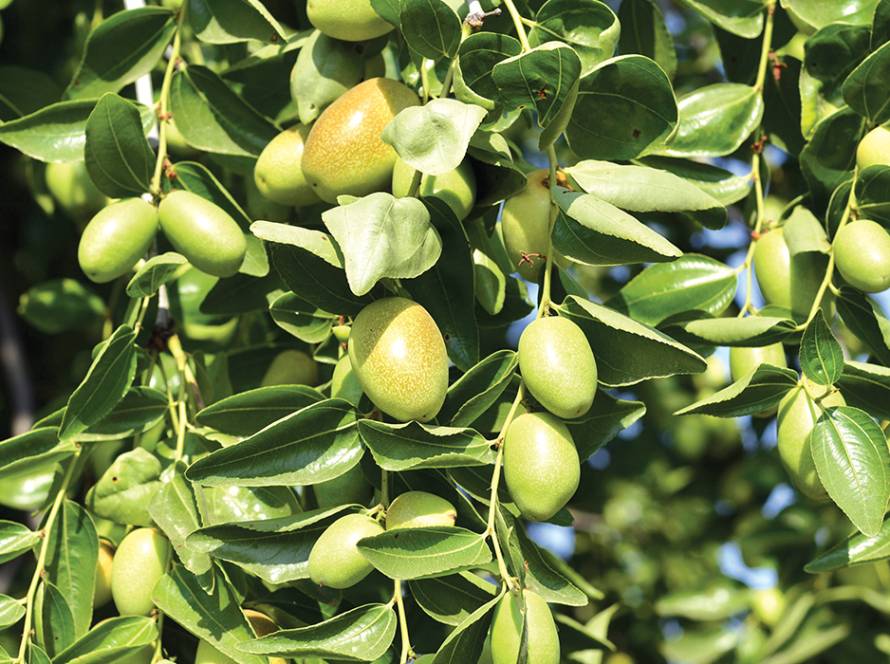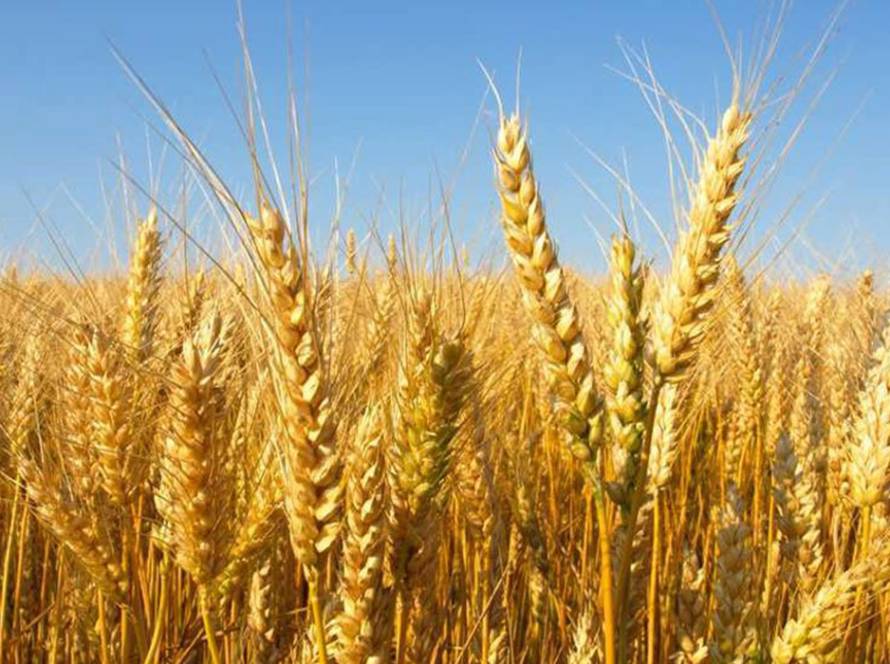Many farmers inquire about managing diseases, pests, and weeds in cumin and anise fields. Unfortunately, this season is prone to increased humidity, which is ideal for significant fungal diseases affecting cumin, such as powdery mildew, Alternaria blight, and Fusarium wilt, as well as aphid infestations. Therefore, it’s crucial to be vigilant.
Important Considerations During This Period:
Cumin requires a dry climate and is generally not cultivated in the northern regions due to high humidity. It thrives in Upper Egypt, particularly in the Minya, Assiut, and Qena governorates. Cumin should not be planted in areas with high groundwater levels, poor drainage, or excessive irrigation (such as overwatering or flooding plants). It’s also advisable to avoid planting cumin in fields affected by wilt diseases or saline soils.
Some cumin areas have been planted for the current winter season, and preparations are underway for planting in most areas, especially in central Egypt, parts of the Delta, and new lands (desert and oasis regions).
Cumin is highly sensitive to certain pests and devastating diseases like wilt, root rot, and powdery mildew, which can cause significant production issues. With the detrimental effects of high humidity on its growth, cumin is often grown using dry farming methods in most fields, although it may succeed in sandy soils.
Wilt Disease
Caused by Fusarium oxysporum, this disease can severely affect the crop at any growth stage, leading to wilting and plant death. Controlling this disease is challenging, but it can be minimized by planting disease-free seeds and treating them with fungicides like Topsin at a rate of 4 g/kg of seeds before planting. Implementing a long crop rotation can also help prevent recurrence in the same location for several years.
Soil preparation prior to planting and adding 50-100 kg of agricultural sulfur can also help combat the disease.
Control Measures:
Upon observing symptoms of the disease, immediate spraying with one of the following fungicides is recommended:
- Previcur Energy® 840 (Bayer): 1 cm / 1 liter of water
- Folicur 25%: 1 cm / 1 liter of water
- Pink S 30% SL: 1 cm / 1 liter of water
- Chemzad 50% WP: 75 g / 100 liters of water
- Aliette® 80% WP: 25 g / 100 liters of water
- Tebuzol 25% EW: 100 cm / liter
Powdery Mildew
This disease is caused by the fungus Erysiphe polygoni. Under severe infection conditions, the plants turn white, negatively impacting seed yield.
Alternaria Blight
Caused by Alternaria burnsii, this disease manifests as dark brown spots on the leaves, causing the stems and growing tips to bend downward. The infection spreads rapidly in cloudy weather, making treatment difficult during advanced infection stages.
Aphids
Biological control methods can be employed, such as using certain bacteria that target aphids, or spraying with soap solutions.
Weed Control in Cumin and Anise Fields
Cumin, anise, carrots, and parsley belong to the Umbelliferae family, allowing us to categorize weeds in these fields into three main groups:
- Narrow-leaved Weeds (like barley and other grasses)
- Broad-leaved Weeds
- Weeds from the Umbelliferae family, which compete with the crop.
Control Measures:
- Group One: Narrow-leaved weeds can be controlled with selective herbicides that target grass family plants without harming other crops, such as Super Kit, Super Traga, and Wide Super.
- Group Two: Broad-leaved weeds can be managed with herbicides that affect all plant families except the Umbelliferae, with common active ingredients like linuron (50 or 45), which has various trade names including Kalben, Agri-Lon, and Avalon.
- Group Three: Weeds from the same family as the crop require manual weeding, as the previous herbicides will not be effective.
Note: This classification simplifies management in the field. Some broad-leaved weeds may not be affected by herbicides due to their bulbous or waxy leaves. Manual weeding is the solution here. The names of resistant weeds can vary by region, including names like “Qumaila,” “Horse Tail,” and “Small Anemone.”
Herbicides should be applied when cumin reaches the 3-4 true leaf stage and before flowering. Linuron should be sprayed at a rate of 500 cm per feddan for broad-leaved weed control; for narrow-leaved weeds, specialized herbicides like Super Verdict, Super Kit, or Wide Super are recommended, typically at 500 cm per feddan.
A fertilizer mix may include: 1 kg of balanced foliar fertilizer (20-20-20) + a minimum of organic fertilizer + 1.5 liters of amino acids + 0.5 kg of micronutrients, all mixed with 600 liters of water. This can also be combined with herbicides at 500 cm per feddan.
Avalon can be mixed with Haloxyfop and foliar fertilizer and can be sprayed after the appearance of the third true leaf and before flowering.
For diseases in cumin and anise, carbendazim is effective, and the appropriate pesticide should be used based on the level of infestation. Herbicides can be applied twice with a 15-day interval before flowering, but it’s generally better to spray only once.
Source: Dr. Ali Fahim



